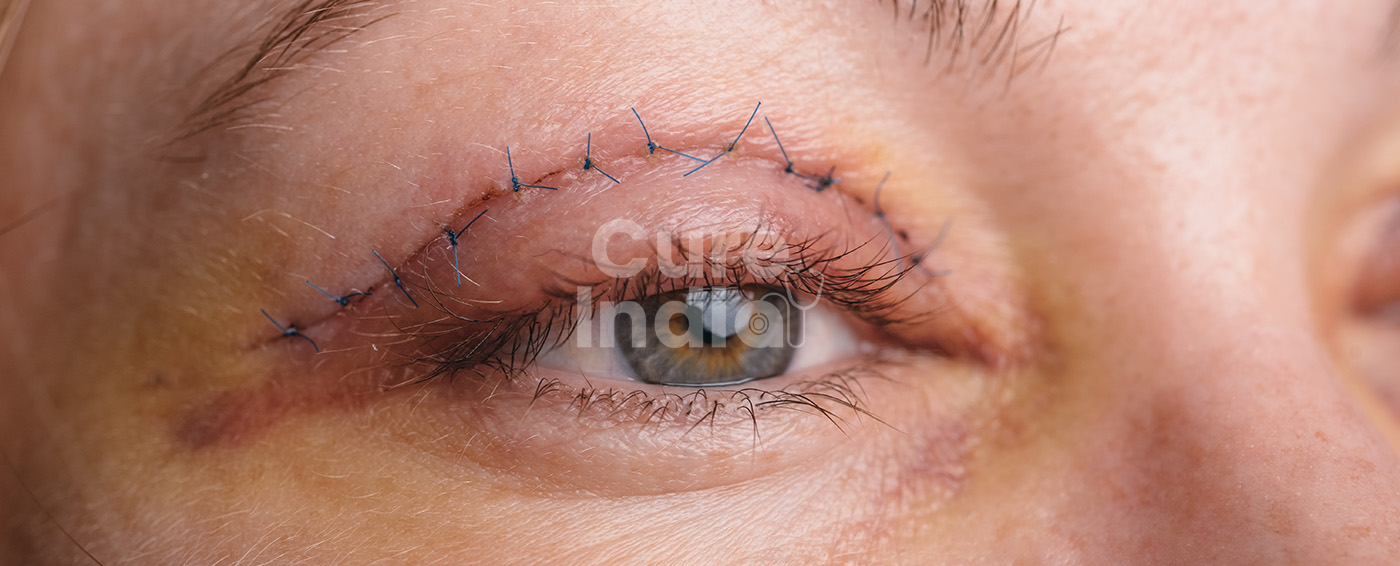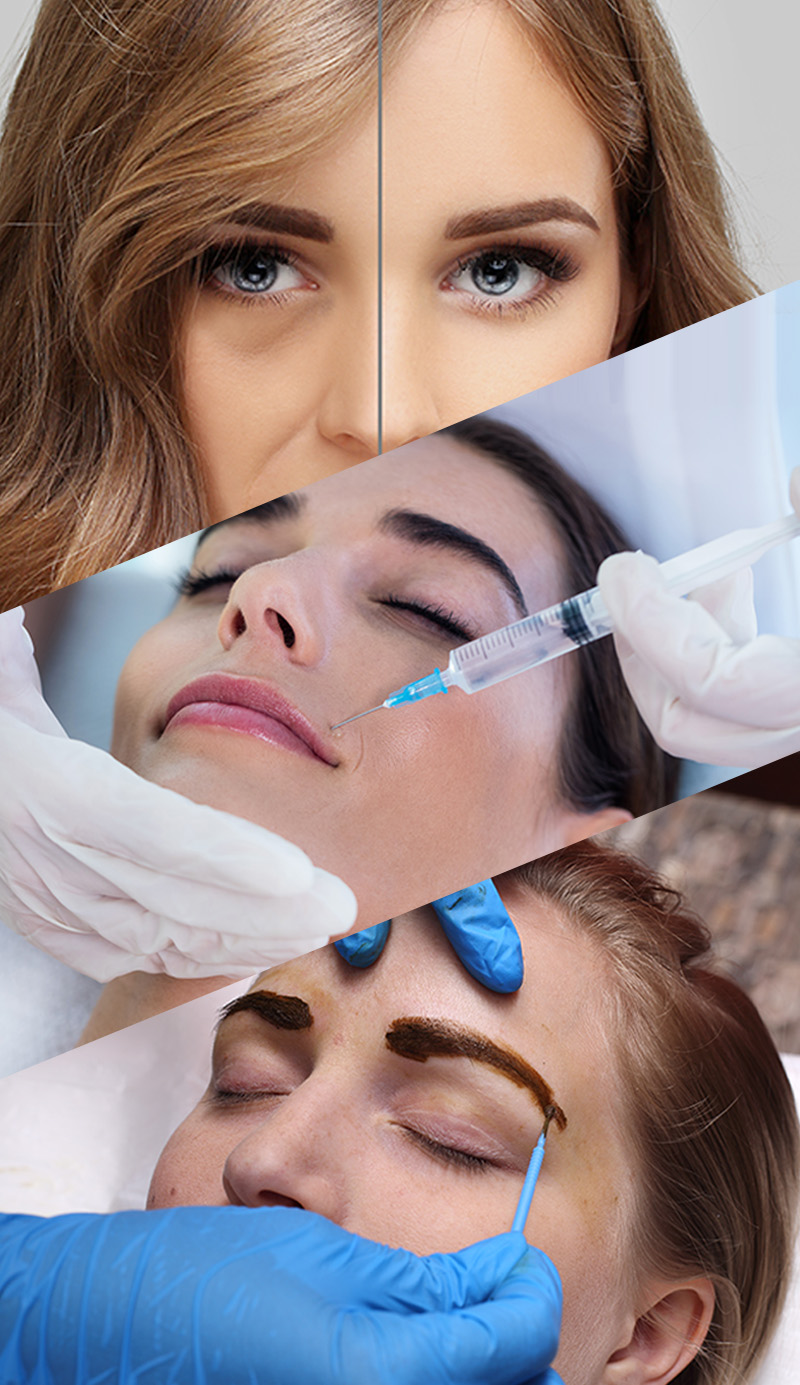

Eyelid surgery is a common procedure that can help correct droopy eyelids, which can make a person appear older. Eyelid surgery may be recommended if you have a skin condition such as rosacea, eczema, or psoriasis, or if you are experiencing symptoms such as redness, swelling, and itching. A dermatologist will typically recommend eyelid surgery after you have tried topical treatments and other less invasive procedures.
In recent years, eyelid surgery has been on the rise. From the cosmic perspective, the procedure can help people to achieve a more youthful appearance by removing any excess fat or wrinkles from the skin of the upper eyelid. Additionally, some patients may choose to have their upper eyelids reduced in size to create a more youthful appearance. However, there are other benefits to this surgery as well. For example, some patients may have upper eyelid drooping that is caused by muscle weakness or a lack of nerve function. With the help of this surgery, patients are able to regain control of their eyesight and have a more fulfilling life.

An Eyelid surgery, (also called blepharoplasty), is cosmetic surgery for eyes which is performed to remove excess muscle, skin, and fat deposits from the eyelids. It can be performed on both the upper and lower lids. The main objective of the Eyelid surgery is to improve the appearance of wrinkles, puffy upper eyelids or under-eye bags giving the patients a refreshed appearance. Eyelid surgery, however, may not fix dark circles or sagging eyebrows. You may have to go through another set of cosmetic treatments to get them fixed. Eyelid surgery results in the patient having improved self-confidence.
Most patients who get Eyelid surgery are generally around 35 years old or more. Eyelid surgeries are a popular choice for those looking to reduce the signs of ageing, particularly droopy eyelids or under-eye bags.
You can be strongly considered for an Eyelid surgery if you :
You may not qualify as a candidate for an Eyelid surgery if you :
There are two main types of eyelid surgery procedures: Upper eyelid surgery and Lower eyelid surgery.
In this kind of Eyelid Surgery, the drooping or sagging upper eyelids are fixed. During the Upper eyelid surgery procedure, the surgeon makes incisions in natural skin folds so that excess skin and tissue are removed. To fix “crow’s feet” or wrinkles, the incisions may extend past the eye’s outer corner to allow the surgeon to smooth these wrinkles.
In this kind of Eyelid Surgery, puffy eyes or bagginess under the eyes is treated. During the Lower eyelid surgery, the surgeon makes incisions in the natural skin folds, or behind the eyelid. If the incision is behind the eyelid, rather than in the skin of the lower eyelid, it is known as transconjunctival eyelid surgery.
In both kinds of Eyelid Surgery, the incisions may be closed with tape or sutures and in some cases, left to heal on their own.
The eyelid is one of the most important features in our appearance. Its ability to shape and define our eyes is second to none. However, as we age, our eyelids can lose some of their natural tone and elasticity. If you're not interested in Botox or other expensive cosmetic procedures, then plastic surgery may be the answer for you. When you have cosmetic surgery, the doctor will use a local anesthetic and then carefully remove any excess skin. The procedure is typically done under a local or general anesthetic, so you won't feel any pain at all. After the surgery, the doctor will stitch your eyelids back together and apply a special bandage to keep them closed for several days. You can expect to see visible results in about a week and full results in about 2-3 weeks.
If you are feeling self-conscious about your eyes, now is the time to consider eyelid plastic surgery. Eyelid plastic surgery can help you get rid of bags and dark circles under your eyes, which can make you look more awake and refreshed. It is important to know that eyelid plastic surgery can only be done on the upper eyelids.
Eyelid surgery is a very common procedure done to correct a drooping eyelid, but it is also one of the most common cosmetic procedures. It can be a bit difficult to recover from the surgery and its effects. In the days following your surgery, you may experience some bruising, swelling, and redness. You may also feel discomfort when blinking or when wearing contact lenses. These symptoms will go away over time, but it can take several weeks for them to disappear completely. The best way to ease any discomfort is to take over-the-counter pain medication, such as ibuprofen or acetaminophen.
The recovery post the eyelid surgery/blepharoplasty is usually quick. Although bruising and swelling may be initially present post the surgery, however, it fades away in a few days. During the first 48 hours, the use of cool compresses is strongly recommended to heal the bruising and swelling around the eyes and face.
It is important to know that there are risks associated with eyelid surgery. One risk is that the eyelid surgery could cause a drop in vision. It's important to have a consultation with your doctor and discuss your options and what risks you are willing to take.
One of the most common cosmetic surgeries is blepharoplasty, which is surgery to remove excess skin from the eyelids. It is often done for cosmetic reasons but can also be done for medical reasons such as skin cancer or a birth defect. There are many risks involved with blepharoplasty. Patients should also be aware that blepharoplasty has a risk of irreversible vision loss.
There are very few risks associated with eyelid surgery/blepharoplasty and are actually zero if a good surgeon is employed. A few of these risks include:
The cost of an eyelid lift surgery depends on a number of factors. For example, if you have a lower eyelid that sags or droops down, the cost will be higher than if you have a droopy upper eyelid. The blepharoplasty cost also depends on the type of procedure you choose. If you choose a silicone implant, the cost will be significantly higher than if you choose a fat transfer.
A lot of Arabian people from countries like Saudi Arabia, Syria, Kuwait, and Bahrain visit India every year for eyelid surgery. Cosmetic hospitals in India are continuously being upgraded and have the best surgeons. Cosmetic surgeons in India have years of experience and deep knowledge of their respective fields. The cost of Eyelid Surgery in India is the cheapest in the world; hence, many Western people travel for the same. Cosmetic hospitals in India provide treatments like Upper, Lower, Double, Transconjunctival, and Functional Blepharoplasty treatments for eyelids. Listed below is the cost of Eyelid Surgery in India
| Treatment | Cost |
|---|---|
| Eyelid Sugery in India | 1000-1500 USD |
Eyelid surgery is an operation in which the eyelids are repositioned and sutured to create a more youthful look. This surgery is not recommended for people with medical conditions that could be worsened by the surgery, such as diabetes or heart disease. It is also not recommended for people who have had previous surgeries on their eyelids, as this can lead to complications. Patients who are considering undergoing eyelid surgery should make sure they are aware of the risks and benefits of the procedure.
As you get older, you should think about getting eyelid surgery to reduce the wrinkles and bags under your eyes. This is a procedure that is usually performed on patients over the age of 30. It's important to consider the risks and benefits of this surgery and make sure that you are 100% sure that you want to go through with it. If you have any questions or concerns, you should speak with your doctor before deciding to get eyelid surgery.


Tummy Tuck, Breast lifts and Rhinoplasty
Be The New You
Female Only Clinics for Sensitive Patients
Full Privacy
Dermal Fillers, Laser, Anti Wrinkle Injections
Say No To Ageing